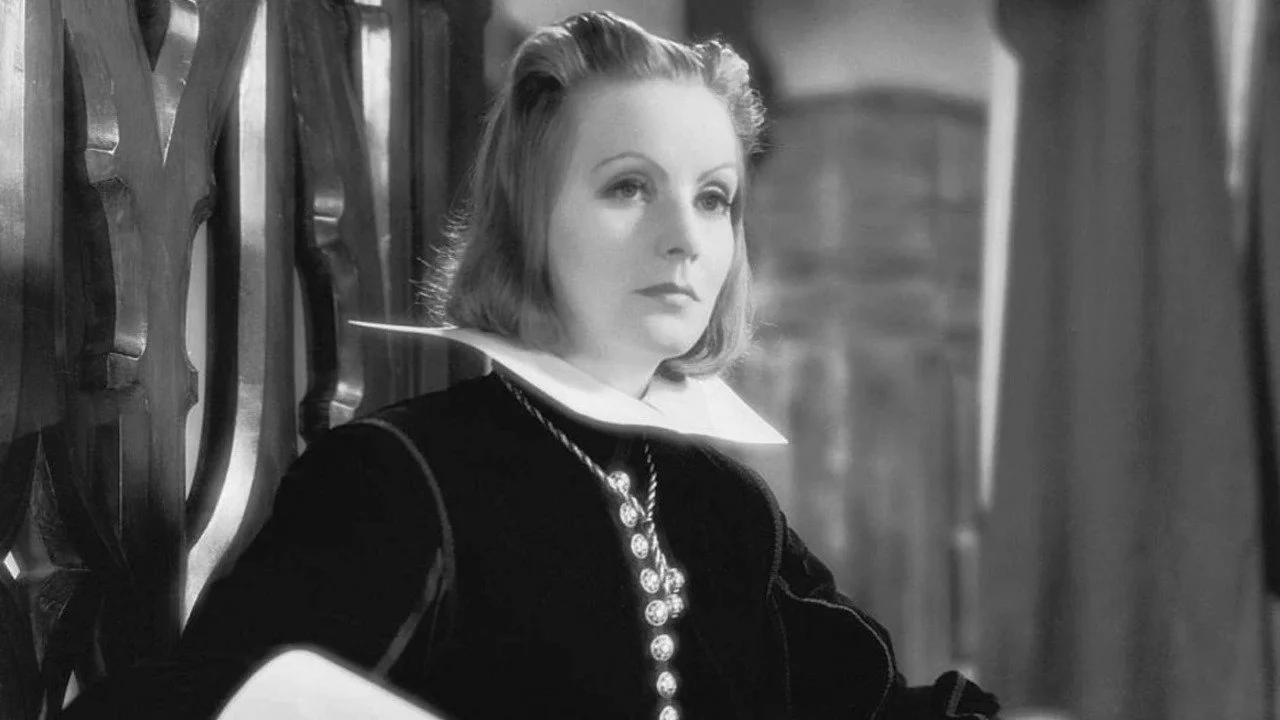GRETA GARBO: THE ETERNAL ENIGMA WHO SHINED IN HOLLYWOOD AND CHOSE ANONYMITY
This is the story of a woman who defied norms and redefined the meaning of being a global film star. With a character as enigmatic as her on-screen presence, Greta Garbo became a fascinating figure who evoked both admiration and intrigue. Her legacy began to take shape on the morning of September 18, 1905, in Stockholm, Sweden, when Greta Lovisa Gustafsson was born.
Raised in a humble family, Greta's childhood was marked by deprivation and challenges. Her mother worked tirelessly in a jam factory, while her father, a man of many trades, struggled to keep the family afloat. Tragedy knocked on her door at the age of 14, when her father's death left her with a deep melancholy that would shape her introspective personality. However, that same melancholy would become the hallmark that made her unforgettable.
As a teenager, Greta began working at a barbershop and later as a hat model in the PUB department store. It was there that her extraordinary photogenic qualities caught the eye and opened the door to an unexpected destiny: the cinema. At 17, she entered acting school, where she met director Mauritz Stiller, a visionary man who transformed her life. Stiller not only gave her her first major role but also her new name: “Garbo,” a word that evoked elegance and mystery, reflecting the essence of someone destined to conquer the world.
With her innate talent and Stiller’s support, Garbo starred in The Legend of Gösta Berling, a film that attracted the attention of Louis B. Mayer, the powerful magnate of Metro-Goldwyn-Mayer (MGM). The invitation to Hollywood came quickly, and although she barely spoke English, she didn’t need to: silent cinema spoke the universal language of emotion. Her face, with an androgynous beauty and almost supernatural expressiveness, captivated the American audience. Immediately, Greta Garbo emerged as a new kind of star, one who was not just admired but worshipped.
However, Garbo’s rise was marked by a constant contradiction: while her fame grew, so did her desire to stay away from the public eye. “Since I was a child, I wanted to be alone. I hate crowds; I don't like being with many people,” she once stated. MGM knew how to take advantage of her reserved nature and built her image as an enigmatic sphinx. When she finally debuted in sound films with the iconic line: “Give me a whisky, with ginger ale on the side. And don't be stingy, darling,” the promotion was monumental: “Garbo talks!” Her hoarse, deep voice not only did not disappoint but added a new dimension to her magnetism.
Despite her success, Greta Garbo's life was not without loneliness. Her heart remained anchored in her native Sweden, and her time in Hollywood was marked by complex relationships. Her mentor, Mauritz Stiller, accompanied her in her early years in the United States, but his career languished under the studio system, forcing him to return to Europe. Instead, John Gilbert, her co-star in Flesh and the Devil, became her great support and, it is said, her great love. Their passionate romance ended unexpectedly when Garbo left him standing at the altar on their wedding day, an act that marked the end of their romantic relationship, although their friendship endured.
Garbo's career continued to rise, but cracks began to appear. In 1933, she starred in Queen Christina of Sweden, a project she accepted only under the condition that John Gilbert be part of the cast. Although the film was a success, the beginning of the 1940s brought a decline. In 1941, after the commercial failure of Two-Faced Woman, Garbo decided to retire. She was 36 years old and had a legacy of 28 films.
After her retirement, Greta Garbo chose anonymity. She moved into an apartment on the Upper East Side of New York, where she lived in self-imposed exile for decades. Though she walked the streets of Manhattan, she did so protected by large sunglasses and an umbrella, ensuring her privacy. She rejected numerous offers to return to the cinema, including legendary roles such as Norma Desmond in Sunset Boulevard. Her absence from the spotlight only fueled the myth surrounding her.
In her reclusion, Garbo maintained contact with a small circle of friends and confidants. Among them were Countess Marta Wachtmeister and screenwriter Salka Viertel, with whom she exchanged letters that hinted at her melancholy and longing for the landscapes of Sweden. “I am always alone, and I talk to myself,” she once wrote. The loyalty of her maid, Claire Koger, was a constant in her life during those years of solitude.
Greta Garbo passed away on April 15, 1990, at the age of 84. She never married nor had children, but left a legacy that transcends the borders of cinema. Although she was nominated for an Oscar four times, she never won the statuette. In 1955, when the Academy wanted to honor her with an honorary award, Garbo refused to attend. True to her nature, she preferred to remain an enigma, a woman who chose to be a myth rather than a star. Her mark remains indelible, ethereal, and inscrutable in the collective memory of the seventh art.



